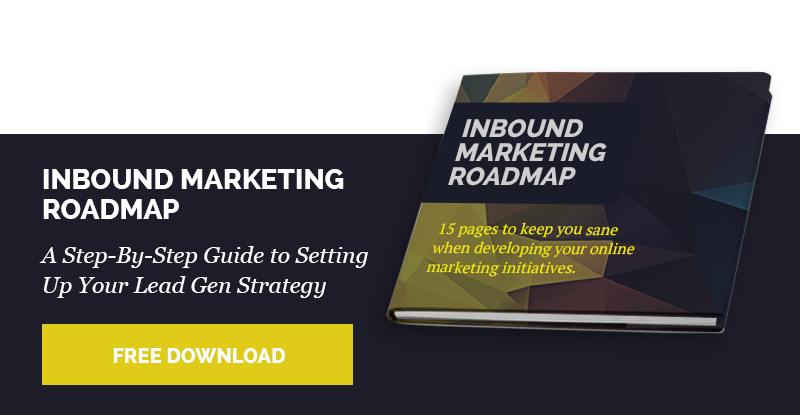
Often when discussing inbound marketing, there is a very straightforward sales funnel marketers follow. It starts with converting strangers to leads, leads to marketing qualified leads, then to sales qualified leads, to customers, and finally to promoters. The goal of marketers in general is to push leads down that sales funnel and convert them to customers.
That’s great on a large scale. Yes, the bigger picture is exactly that. But how do you go about it? Where do you start? Enter SMART goals.
SMART goals are certain goals you set in order to ensure your company’s business growth. In their structure, they help you focalize your efforts on specific attainable goal that can help you feed into the bigger picture. In this article, I’m going to go over best practices for setting these goals.
SMART is an acronym for the following:
Specific
The goal you set has to be laid out in very clear and specific terms. A goal like “I want to grow my business” is very general. A better goal is “I want to generate more qualified traffic” or “I want to increase conversion on a certain landing page”. These goals are particular, clear, specific, and actionable. You understand the concrete end-result you want so you’ll have an easier time figuring out how to get there.
Measurable
Possibly one of the most essential aspects of inbound marketing is the ability to track your efforts and record their results. In order to be able to measure your success, you have to attach it to a number. So adding to the point above, it’s not enough to say “I want to generate more qualified traffic”, instead it should be “I want to increase traffic by 50%, from 1000 viewers to 1500 viewers”. This will allow you to have a benchmark to how successful your efforts were.
Attainable
When specifying the numbers to measure your success with, it’s important to make sure that you’re not setting yourself up for a failure. It wouldn’t make sense to say “500% traffic increase in one month”, there’s just no way to make that so. Make sure you understand how your company grows and benchmark your success against previous efforts so that you make sure that your numbers are attainable.
Relevant
This goes without saying, but your SMART goal has to be aligned with the overall picture. If the overall picture is to increase your customer base, your goal should be targeted at conversion-increase more traffic-increase. At some point, especially with inbound marketing, these things overlap, but some goals are more relevant as a starting point than others.
Timely
Now that we’ve made sure our goal is specific, measurable, attainable, and relevant, we’ll end up with something like this “I want to increase lead-conversion by 5%, from 50 to 60 customers”. That’s great, except when do you want this increase to happen by? If it’s tomorrow, then it’s not attainable. If it’s in the next 5 years, then it’s not a very ambitious goal. It’s important to set an appropriate time frame based on your attainability. This way you’ll know if your efforts have been a success or if they need more fine-tuning.








